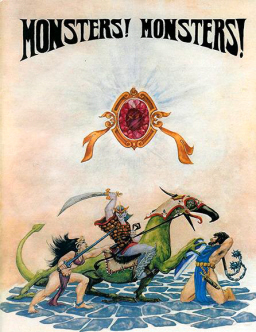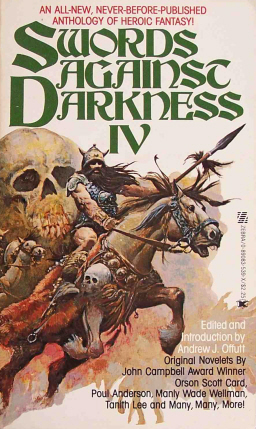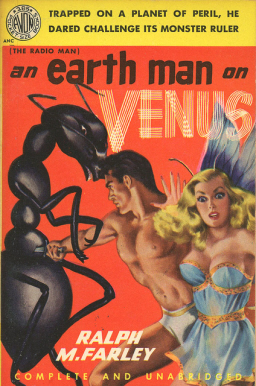The Summer Movies… Again: Iron Man (3) Three
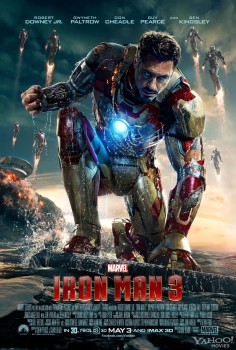 Iron Man Three (2013)
Iron Man Three (2013)
Directed by Shane Black. Starring Robert Downey Jr., Don Cheadle, Gwyneth Paltrow, Guy Pearce, Ben Kingsley, Rebecca Hall, William Sadler, Miguel Ferrer, Jon Favreau, Ty Simpkins.
For people worried that the individual Iron Man series within the greater Marvel Cinematic Universe was in trouble, have no fear: Iron Man is back on track because Shane Black has got your back.
Iron Man Three (yes, that’s what the end credits call it, and therefore it’s the official title) starts off the Marvel Movie-verse Phase 2 with a self-contained story that feels like a great five or six-issue comic book arc. You remember: the kind that Marvel used to pull off in the days before they “evented” everything to death with Skrull infiltrations and Norman Osborne conquering the world. I hear that currently the mad robot Ultron is doing the heavy lifting for Marvel’s crossover event. Maybe this means we’ll see him in Avengers 2.
This compressed approach for Iron Man Three was the correct choice coming off the huge success of The Avengers; the new Iron Man flick needed to show that Marvel’s individual heroes could still carry their own installments — their own magazine titles, so to speak — without the support of crossover mania. With Iron Man Three as the best of the Iron Man movies so far, it promises that Thor and Captain America will have superior returns in their own follow-ups. That will be quite a feat for Cap, considering how great Captain America: The First Avenger is. But it’s in the realm of the possible, as Shane Black shows everyone with Shellhead the Third.
This is a movie that will also ignite a huge debate over its changes to the comic canon. (Wait, what do I mean “will”? The battle has already started in a forum near you.) Although the script by Black and co-writer Drew Pearce uses the popular Warren Ellis Extremis storyline from 2005–06 as a starting point and features one of Iron Man’s main villains, The Mandarin, they have fashioned a story that stays true to its own internal character logic and freely jettisons major sections of Marvel Comics history both to goose the audience and give them unexpected thrills. It’s actually a touch annoying to write a standard “review” in the modern Internet spoilerphobe understanding for a film like this where I have to dodge talking about major plot points. The thrill in writing about a movie like Iron Man Three comes from getting geeky and detailed about how it toys with famous characters and undercuts expectations.
But I’ll play by the rules here — for now. You do deserve to see Iron Man Three knowing only as much as you’ve seen from the marketing. And that means I’ve negated the rest of what I am going to say. Nonetheless, onward…. and I do promise a minimum of “spoilers.” (I hate that word. Can we ditch it? I’ve found out “spoilers” before and yet not had the film “spoiled” for me. We need a better term. How about “twists”? There you go: we’ve already got a good word. Occam’s Razor Rules!)
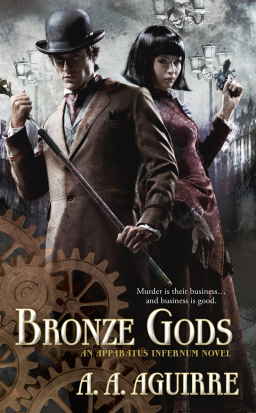
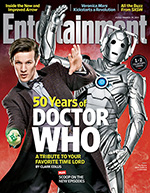
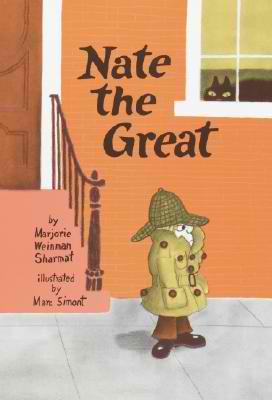
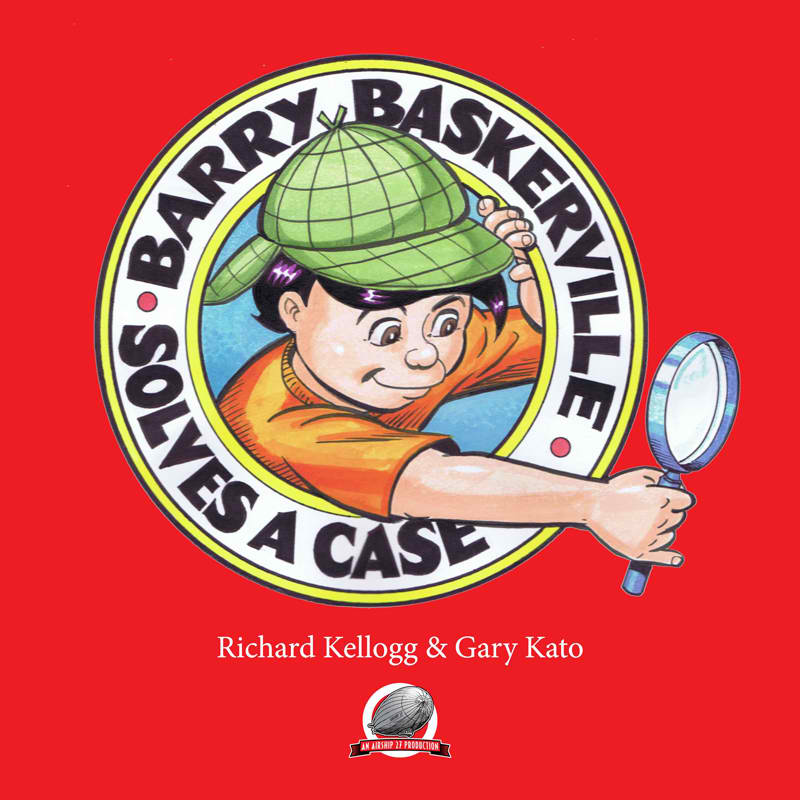
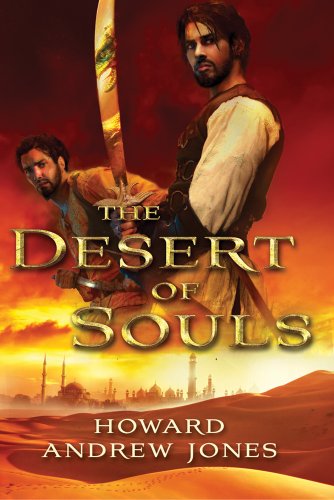 Howard Andrew Jones’s “Two Sought Adventure” details the problems and potentials in stories that have more than one hero. A story with multiple heroes is very different from a one-hero story with a sidekick, love interest, foil, nemesis, or whatever. There are plenty of straightforward techniques for using secondary characters to reveal a single protagonist’s character. Using two (or more) heroes to do this for one another in a way that feels balanced and gratifying for the reader is a tougher trick. Dialogue is crucial, and Jones offers close readings of dialogue from his own work and others’ that illustrate ways to welcome the reader into the shorthand, in-jokes, and shifting tones in conversations between longtime friends. He also addresses a problem I’ve seen in too much professionally published fiction: the duo that bickers like an old married couple, to the point where you wish they would split up, go away, or get eaten by the monster already. Friends have conflict, and friends engaged in epic heroics may have epic conflicts, but bickering is only entertaining in small doses, and it’s rarely illuminating. Jones offers a variety of specific alternative ways to handle conflict between heroes, and to interweave it with a story’s other conflicts.
Howard Andrew Jones’s “Two Sought Adventure” details the problems and potentials in stories that have more than one hero. A story with multiple heroes is very different from a one-hero story with a sidekick, love interest, foil, nemesis, or whatever. There are plenty of straightforward techniques for using secondary characters to reveal a single protagonist’s character. Using two (or more) heroes to do this for one another in a way that feels balanced and gratifying for the reader is a tougher trick. Dialogue is crucial, and Jones offers close readings of dialogue from his own work and others’ that illustrate ways to welcome the reader into the shorthand, in-jokes, and shifting tones in conversations between longtime friends. He also addresses a problem I’ve seen in too much professionally published fiction: the duo that bickers like an old married couple, to the point where you wish they would split up, go away, or get eaten by the monster already. Friends have conflict, and friends engaged in epic heroics may have epic conflicts, but bickering is only entertaining in small doses, and it’s rarely illuminating. Jones offers a variety of specific alternative ways to handle conflict between heroes, and to interweave it with a story’s other conflicts.
